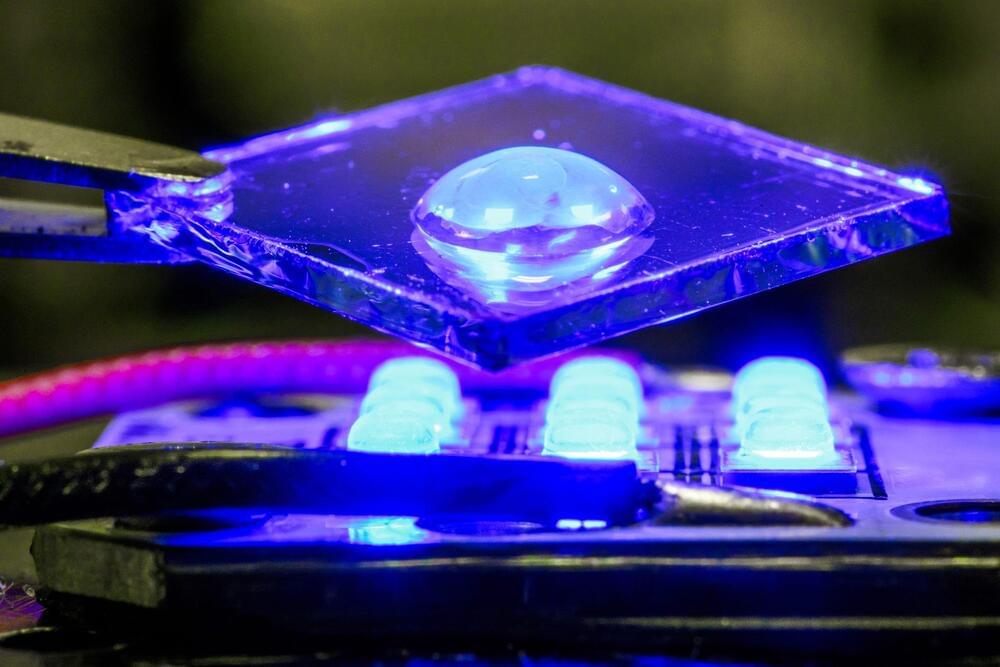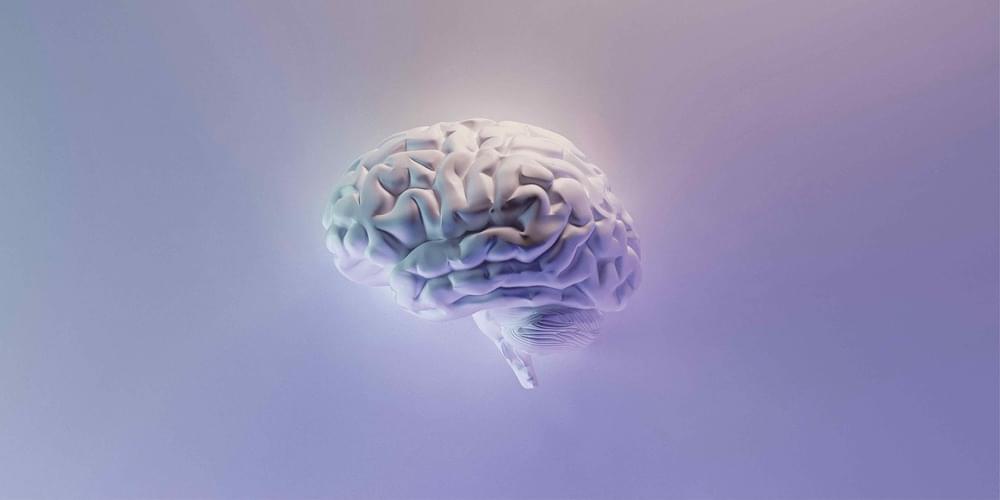Nightmares and hallucinations could be early signs of autoimmune diseases like lupus, potentially improving early diagnosis and treatment, according to a new study.
An increase in nightmares and hallucinations – or ‘daymares’ – could indicate the beginning of autoimmune diseases such as lupus. This is according to an international team led by researchers at the University of Cambridge and King’s College London.
They emphasize the importance of recognizing these mental health and neurological symptoms as early warning signs of an impending ‘flare,’ a phase during which the disease intensifies temporarily.








